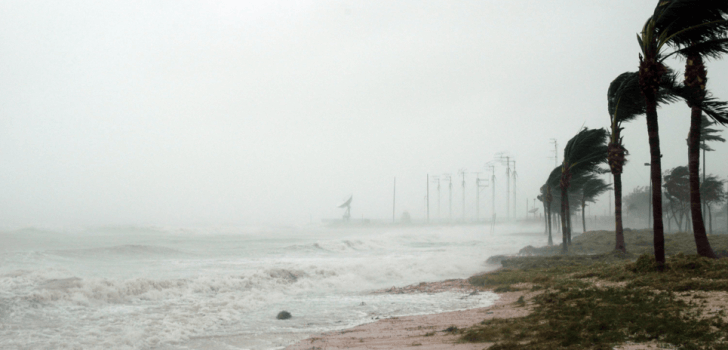The World Meteorological Organisation (WMO) is warning that extreme El Niño weather conditions over the next six months will bring food supplies in the world’s most vulnerable countries to the brink. They are also cautioning against natural disasters that will see death tolls in the thousands.
El Niño is the term given to a natural climatic phenomenon that sees equatorial waters in the eastern Pacific ocean warm every few years, disrupting normal weather patterns such as trade winds and monsoons.
The current El Niño has been building since March with effects already being seen in Somalia, Kenya, Ethiopia, Indonesia, Malawi, and Central America.
The WMO says the build up is the biggest since 1997-98 when El Niño “shocked” global water and food supplies, with the resulting health and environmental damage wiping out years of development gains.
Although countries are now much better prepared for a strong El Niño, there will be serious widespread food shortages and floods.
A spokesperson for the World Health Organization (WHO) says, “The world is much better prepared for this year’s El Niño, but the socio-economic shocks will still be profound.”
A spokesperson at the London based Department for International Development (DfID) says, “While difficult to predict, the El Niño this year looks set to be the strongest on record. This is a real threat to people’s lives, health and livelihoods across the world, which will see increased calls for humanitarian assistance as people struggle to grow crops, face water shortages and disease. Fragile states like Yemen and South Sudan are already struggling with war and the threat of famine. Without increased humanitarian support, El Niño will make a difficult situation even worse.”
The spokesperson says there will be outbreaks of diseases such as cholera, dengue fever, and malaria, so it is “essential that health systems are shored up to respond.”
The World Food Programme (WFP), expects 2.3 million people in Central America, with many more in eastern and southern Africa and south-east Africa, to need food aid.
The United Nations Children’s Agency (Unicef) says it expected 8.5 million people in Ethiopia and several million more in Somalia and Kenya to need food aid . In Zimbabwe, the number of people who will require some form of food aid is expected to reach 1.5 million by March. 2016.
Malawi is expected to to be one of the worst-affected countries, where the worst drought for a decade is expected to cause widespread hunger.
Stay Connected